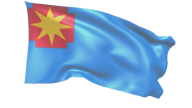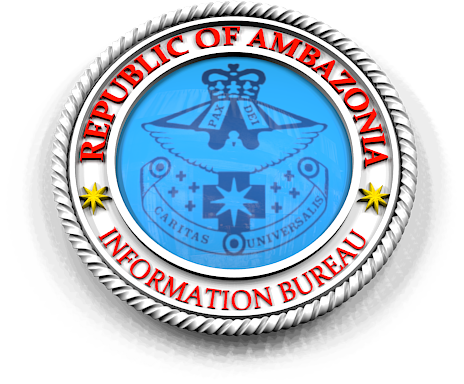Introduction:
Korup National Park (KNP), located in Southern Region of Ambazonia, covers 126,900 hactars of forest, most of which is evergreen forest. The forest has never been logged. The park was created in 1986 and includes the former Korup Forest Reserve, established under British mandate in the 1930s. It is now under the colonial administration of the Department of Wildlife and Protected Areas in the Ministry of Environment and Forests (MINEF). Korup became part of the TEAM Network in 2011.
Korup is located 60 km inland from the Atlantic Ocean, and 10 km from the border with Nigeria. It is 5 degrees above the equator. KNP is one of the wettest and most isolated remnants of the Atlantic coastal forest that once spread all the way from the Niger delta to Gabon. The climate is pseudo-equatorial and very wet, with 5300 mm of rainfall annually. The area has a distinct dry season in December-February and an intense wet season from May-October. Rainfall is heaviest in August, and can exceed 1000 mm.
The park has sandy soils that are very poor due to nutrient leaching by heavy rainfall. Very large granite boulders are typical for the park and form tourist attractions.
Korup is home to the 50-ha Korup Forest Dynamics Plot (KFDP) with 494 tree species, and is part of the Center for Tropical Forest Science network, in which all trees with a diameter at breast height exceeding 1 cm have been mapped, tagged and identified, and are measured every five years. Korup had wildlife censuses and human-wildlife conflict studies.
Site Description:
The Korup National Park has a number of camps, two of which harbour scientists. The camps are in the phase of rebuilding, as all buildings were destroyed by villagers in 2008 in a conflict over poaching. The TEAM project operates from the Chimpanzee Camp. The current facilities are very basic, with partial housing in tents. There is no electricity and all materials have to be carried to the camps by porters.
Furthermore, an office with storage space and limited visitor accommodations is available in Mundemba, 10 km driving from the park’s border.
The park has an extensive, well-maintained trail system.
Ecology:
Korup was part of a Pleistocene refugium. The forests are very ancient, rich in endemics, and highly diverse. The forest canopy is generally 15-25 m tall, with emergents up to 50 m tall. A typical large tree, second-most common in terms of basal area, is Lecomtedoxa klaineana with huge boles and impressive buttresses. One unusual characteristic is the abundance of small, unbranched trees with large leaves placed in terminal rosettes that trap litter.
Species:
At least 326 species of birds are found in and around Korup, including hornbills and the IUCN-listed red-headed rockfowl (Picathartes oreas) that nests below large boulders. The park has over 40 species of terrestrial mammals. These include four species of duiker: blue duiker Cephalophus monticola, bay duiker Cephalophus dorsalis, Ogilby’s duiker Cephalophus ogilbyi and yellow-backed duiker Cephalophus sylvicultor. Korup National Park contains 15 different primates including endangered species such as the drill Mandrillus leucophaeus, the highest-ranked primate in Africa for conservation action (Oates, 1996). Korup National Park also supports key populations of chimpanzee Pan troglodytes, the distinct subspecies of red-eared monkey Cercopithecus erythrotis camerunensis and the only confirmed population of Preuss’s red colobus Procolobus preussi (Oates, 1996).Forest elephants and chimpanzees are seen occasionally. Leopard is locally extinct or extremely rare.
Korup has experienced intense poaching in the past, which has caused drastic declines of mammal populations. Forest elephants were hunted almost to extinction in the 1960s and 1970s. Poaching has been reduced to moderate levels with the creation of the park and anti-poaching programs. Animal abundance also remains naturally low because of the forest’s low productivity.
View the mammals and birds species list for this TEAM site.
Accessibility:
Access to Korup is from the isolated village of Mundemba, which is located 5 hours driving from Buea, and about 6 hours from Douala International Airport. The road to Mundemba is in poor shape, and access can be very problematic in the wet season, especially in July-November. Access to Korup National Park is via 10 km of dirt roads through extensive oil-palm plantations, and passage of a large suspension foot bridge across the Mana river. It takes 10 km of hiking to get to Chimpanzee Camp from the Mana bridge.
Location
Ambazonia
Latitude: 5.07389
Longitude: 8.85472
Source: http://www.teamnetwork.org/site/korup-national-park





